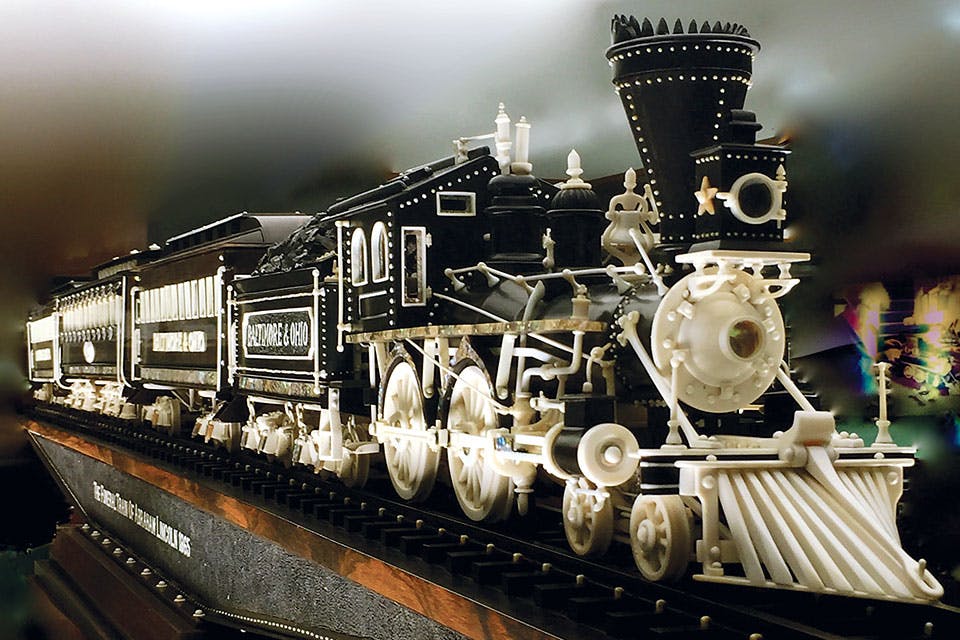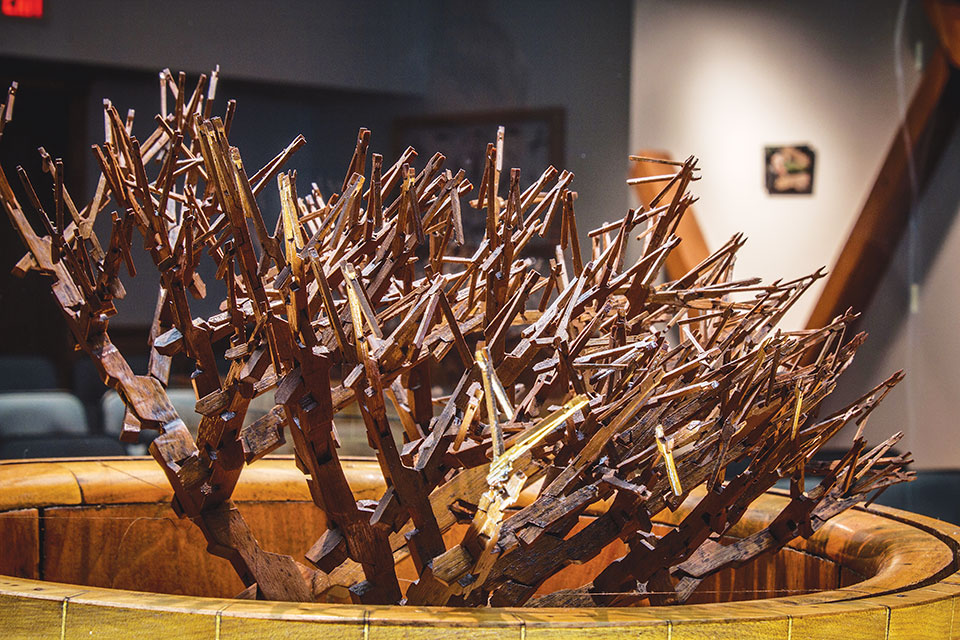The Legacy of Master Carver Ernest Warther
Ernest Warther’s formal education ended in second grade, but his ability to make elaborate, hand-carved depictions of trains from the steam-locomotive era cemented him as a genius in his own right.
Related Articles

Every Exhibition at the Dayton Art Institute in 2026
From traveling shows featuring the works of artist Tony Foster and William H. Johnson to focus exhibitions curated from the museum’s collection, here is what’s on the schedule this year. READ MORE >>

Learn the Sweet History of The Dawes Arboretum at Maple Syrup Day
The Newark arboretum’s founders, Beman and Bertie Dawes, began harvesting sap for maple sugar in 1919. Today, the annual Maple Syrup Day shares that heritage with visitors. READ MORE >>

New Immersive Augmented Reality Experience Coming to COSI
Starting Jan. 30, visitors to the Columbus science destination can explore and interact with imaginary, virtual worlds through this holographic theater exhibit. READ MORE >>







